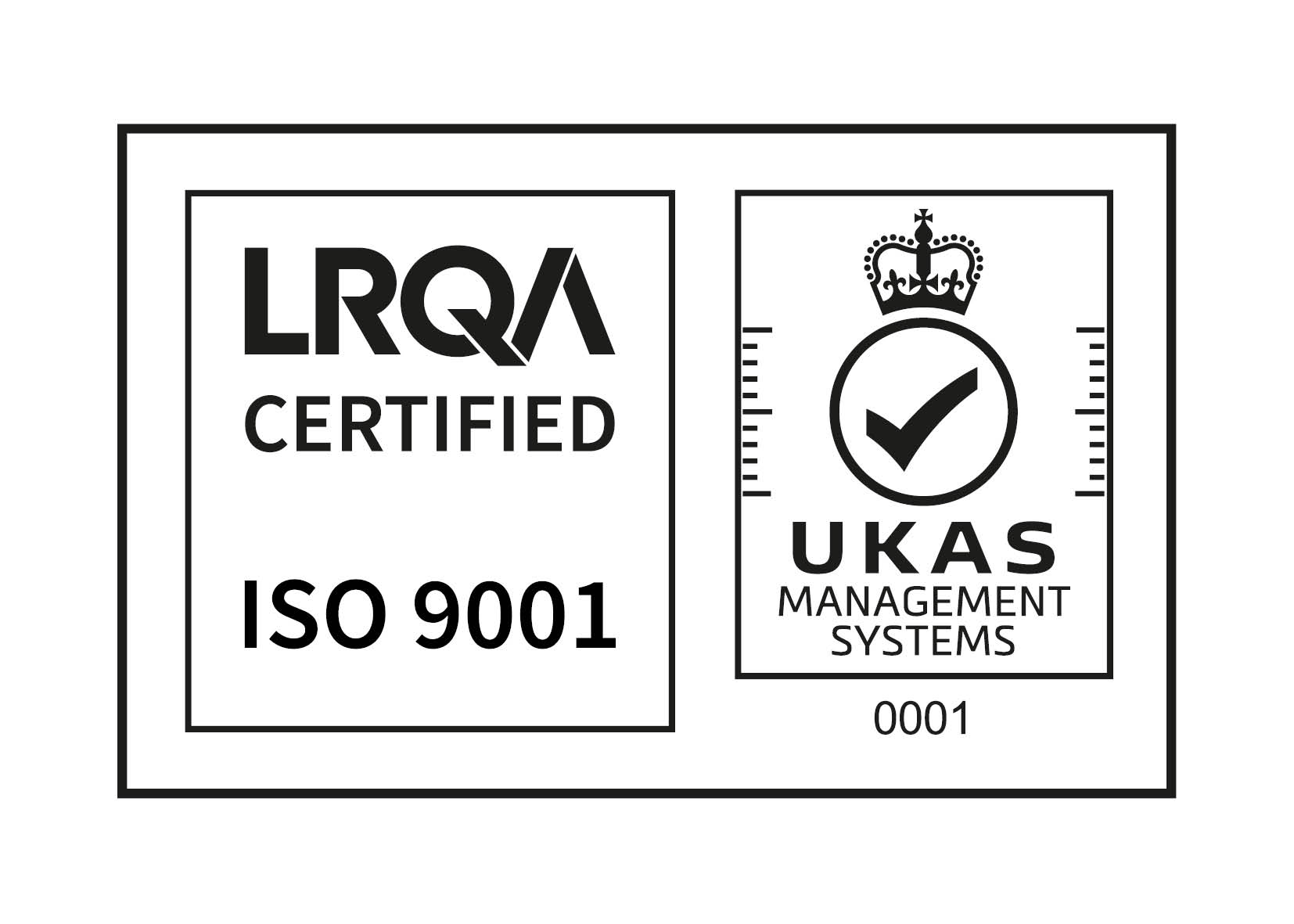Andy is an Associate at MHB Consultants and leads the Land Quality Services department.
The Importance of Ground Investigations
What Lies Beneath - Charting the Unknown
In general most people don’t like to take significant risks – this is particularly true in business where one poor decision can make the difference between profit and loss or, even worse, success or failure of a project or business. As engineers we are asked to assess, design, plan and build solutions which will ensure our Clients’ projects meet (or even exceed) technical requirements whilst also complying with programme and budget. On even the most simple schemes this can be a challenge due to the inherent uncertainties in many engineering projects; these can include changes to the design, differing interpretations of legislation and guidance, funding issues and unforeseen delays.
To help mitigate these challenges engineers use their experience and expertise to ensure that all elements are appropriately assessed and designed to support project success. For many of these elements large volumes of specific technical data exists to underpin design: the strength of concrete and steel, for example, is well known through years of testing with associated design standards developed to ensure safe design – the integrity of new construction can therefore be designed with a high degree of confidence (although even this does not always guarantee success). Similarly, highways engineers can rely on design standards based on years of testing, assessment and experience to ensure that roads can be planned to reduce the risks to road users dependent on carriageway type, layout etc. Essentially previous experience of the common elements which will be adopted on a new development underpin robust decision making; in short, the key risks can be designed out with a high degree of confidence.
When it comes to ground engineering, however, the picture becomes less clear (and the risks become greater). Whilst reasonable estimates of geotechnical characteristics for “standard” soil types can be made each individual site will have its own conditions with the actual soil characteristics influenced by a range of factors including moisture content, groundwater level, previous load characteristics etc. Many of these factors will also vary with time for example due to seasonal variations in precipitation. When the potential impacts of former land uses in terms of soil and groundwater contamination are added to this the degree of uncertainty increases further. The old adage that “you pay for a ground investigation whether you get one or not” has never been more true as an increasing number of previously used sites are brought forward for development. The problems associated with poor ground conditions, for example slope failures, mining subsidence, excessive settlement and contamination concerns, are frequently reported in the national media.
To assist in ensuring that the potentially significant technical, cost and programme risks are appropriately assessed at the project planning stage a comprehensive site characterisation process is crucial. This will typically comprise a review of all relevant record information relating to the land, the planning of site and development specific investigations (with associated testing), and the completion and reporting of these to inform development design. In this way the site specific uncertainties relating to the ground underlying the proposed development can be considered and safely mitigated. This assists in avoiding the potential programme and cost risks associated with unforeseen problems such as soft soils underlying stiffer shallow layers, hidden former structures, contamination migrating from offsite areas or gas escaping from mineworkings. In many cases the early identification of these issues can ensure that any mitigation measures required can be cost-effectively incorporated into the development design with little or no significant impact on programme and budget.
By completing appropriate site specific characterisation and investigation early in the development process the technical confidence typically applied to elements such as concrete/steel design or to the planning of safe road layouts can extend to the ground engineering elements. Consequently, the potential risks associated with a site’s natural environment can be considered and mitigated significantly increasing the likelihood of project success.
If you have any comments or queries on the value of appropriate site characterisation to reducing ground related risks on your projects please let me know.








